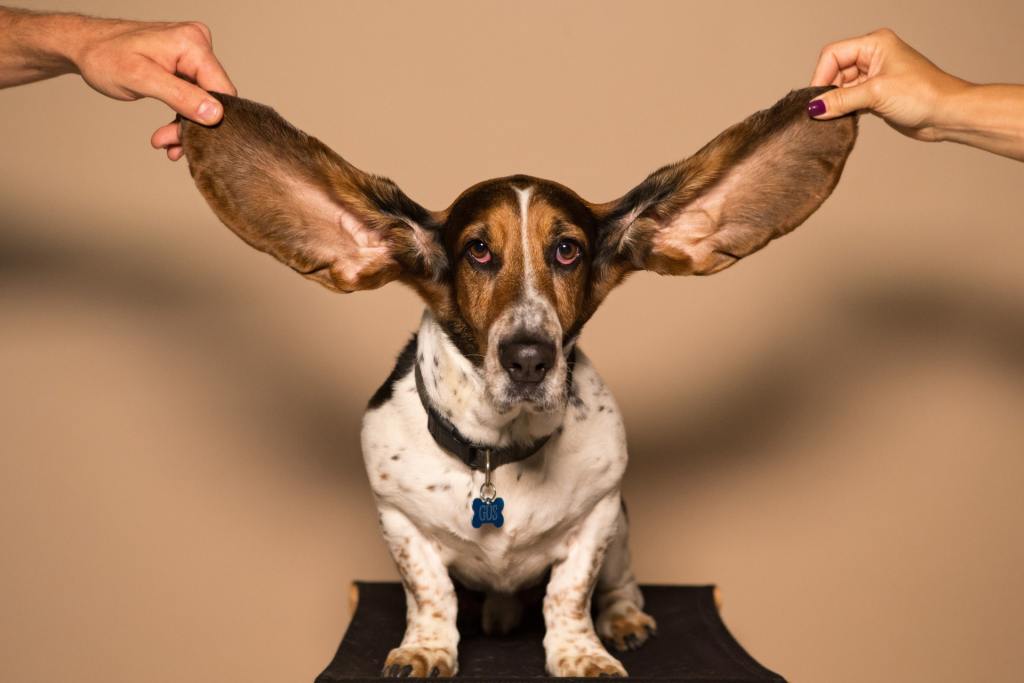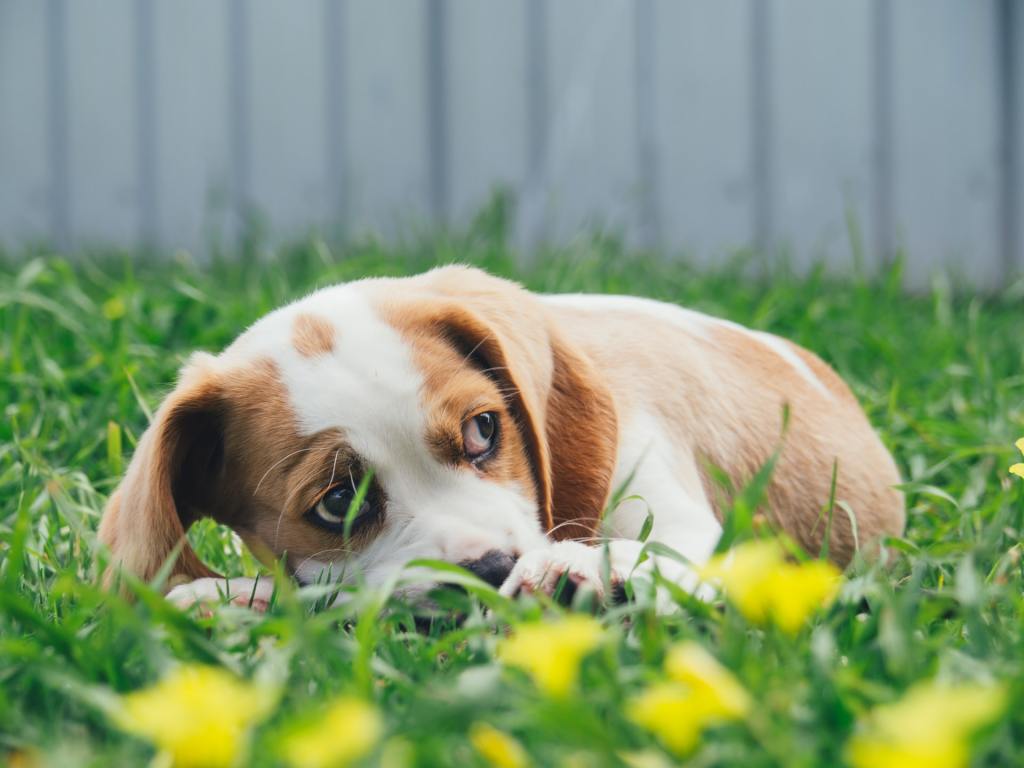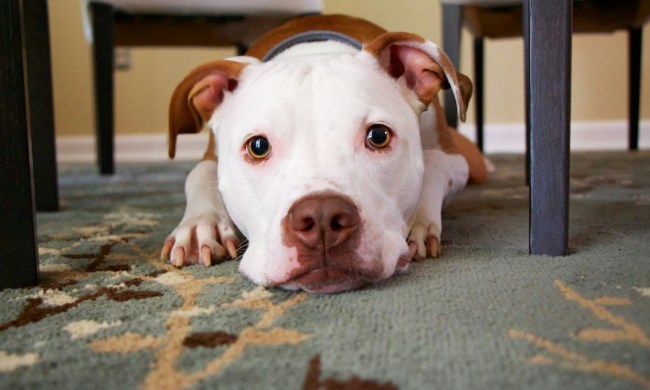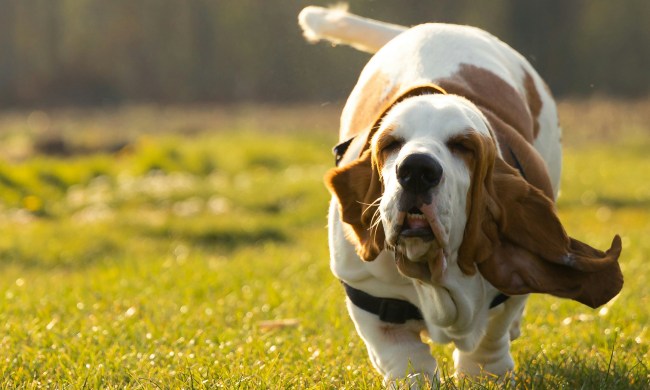From Snoopy to Odie to the sweet furball lying at your feet, Beagles have become one of humankind’s most beloved dog breeds. Their long ears and loud, throaty howl are unmistakable, along with their happy, outgoing demeanor and mischievous manner. Their even temperament makes them an excellent dog for families with children.
Beagles are also notorious for being hard to potty train, mainly because once they’ve had an accident in the house, their highly acute sense of smell keeps leading them back to the scene of the crime. What’s a frustrated pet parent to do? If your Beagle is difficult to train, follow these potty-training tips.

Use a crate to help with training
Most dogs won’t potty where they sleep, so crate-training your beagle at the same time you’re housebreaking him can help you succeed. Here are a few tips:
- Choose a crate big enough for him to stand up, turn around, and lie down in but not big enough for him to sleep on one end and potty on the other.
- Place the crate in a common area of the house and close to the door you’ll be using to take him outside, if possible.
Make it cozy with a bed, blankets, and toys. - In the beginning, keep the door open and let him explore. Reward him with treats and praise when he initiates spending time inside.
- Shut the door for short periods at first, working up to longer increments as he becomes comfortable.
Choose your words carefully
Beagles are extremely intelligent, but they will be as confused as the next dog if you word your request differently every time you ask. Decide what command you’re going to use and make sure everyone else in the house involved with potty training commits to using it as well.
Inflection is important, too. Keep a positive tone of voice while you are training, even when things don’t go as planned. Your smart little puppy is also good at reading your emotions. He wants to please you, but he first has to understand exactly what you want. Consistency, along with praise and encouragement, works in your favor.
Set a schedule and stick to it
When you give your puppy every opportunity to be successful, it’s a lot easier to elicit behavior you can reward. Create a potty training schedule like this one, and make sure everyone in the family agrees to follow it:
Take your puppy out first thing in the morning as well as the last thing before bedtime.
Feed him at the same time during the day, then take him outside a few minutes later.
Take him outside frequently throughout the day, especially after playtime and when he awakens from his naps.

Use treats as a reward
Beagles are extremely food motivated. While this can cause problems down the road, such as canine obesity, it’s a definite advantage during the potty training process. Use small training treats as a reward each time your puppy successfully potties outside. Slowly cut back on food as a reward as your puppy catches on.
Remember, positive reinforcement is much more effective than scolding, yelling, or using force. Puppies who fear their humans often grow up to be adult dogs with behavioral problems like anxiety, aggression, and phobias. Do your best to remain calm and positive during the training process, and your beagle will be more likely to become a happy, well-adjusted dog.
Clean up accidents thoroughly
Beagles have such a highly developed sense of smell, some hotel chains actually use them to sniff out bedbugs. Unfortunately, their sense of smell is also why they are often hard to housebreak. When your dog smells any trace of urine or feces from a past accident he’s had in the house, he recognizes it as an appropriate place to relieve himself. That’s not disobedience, by the way. It’s simply instinct.
Be assured — every dog, no matter how intelligent, is capable of having an accident inside. Your challenge as a beagle owner is to find a cleaner that removes all traces of scent so that your pup is less likely to make the same mistake again.
So, if you’re having trouble potty-training your beagle, take heart. Because he is super intelligent and affectionate, our five helpful potty training tips will have him housebroken in no time.
Remember, beagles didn’t become one of the most popular breeds for no reason. Enjoy his fun-loving energy and the eternal quest for food. Cuddle with him and take him on sniff walks to satisfy his need to explore the world through his nose. Most dogs don’t become adults until they reach age 2, so be patient. He may not be a World War I flying ace like Snoopy, but with lots of love and guidance, he’ll soon be a great companion for years to come.


